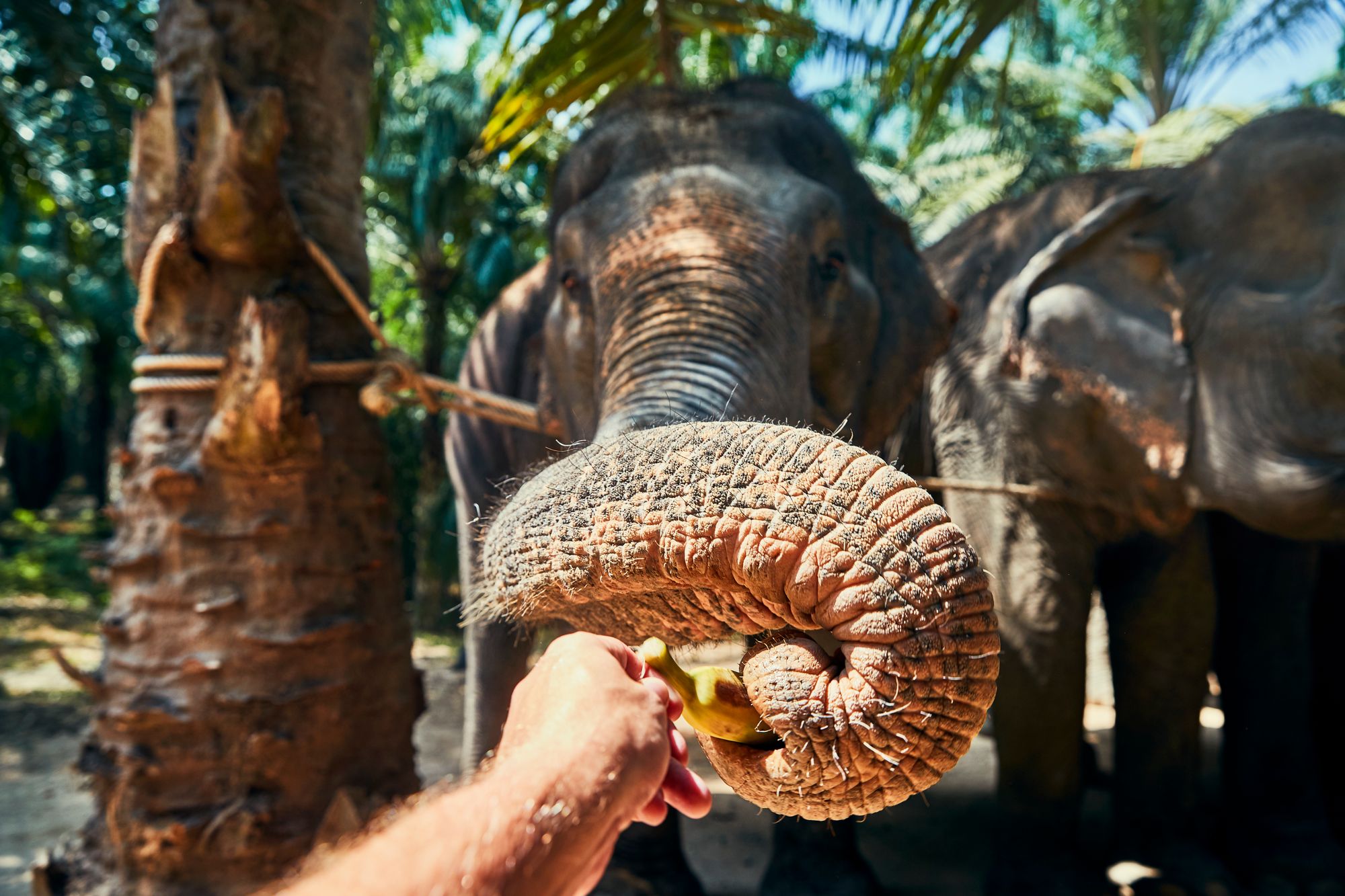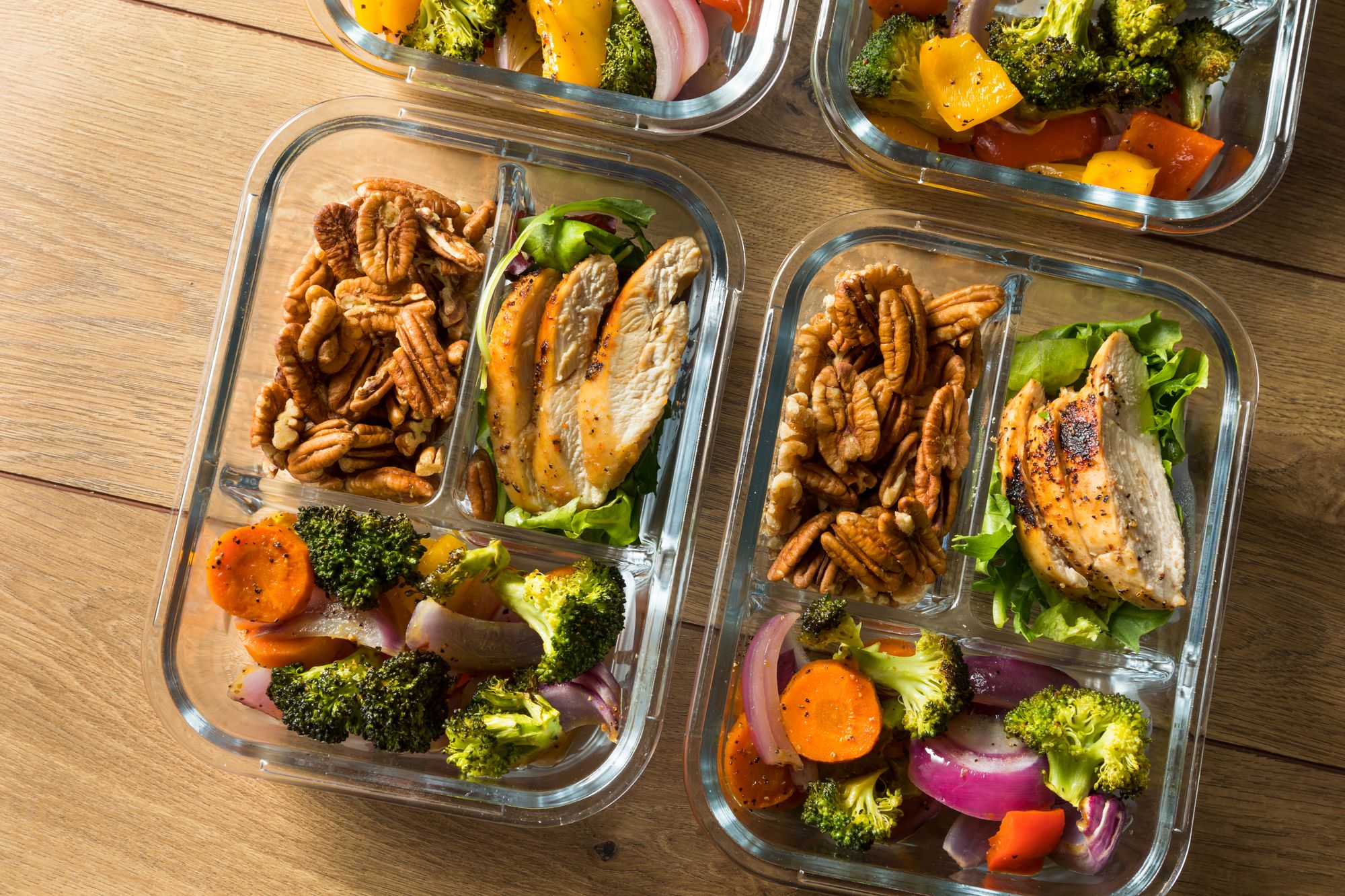How Much Protein Should You Eat On Rest Days?
How much protein should you eat on rest days? More than, less than, or the same as training days? And whatever it is ... why? Find out here.

So, you (roughly) know how muscle growth works.
You put stress — technical term: ‘mechanical tension’ — on the muscle, setting off a dizzying cascade of signaling pathways involving hormones and stuff … ultimately leading to your body using amino acids as ‘Lego blocks’ to repair and build muscle.
This knowledge floats an interesting thought.
IF muscle growth doesn’t technically happen on training days, but on rest days instead, shouldn’t we eat MORE protein on these so-called ‘off-days’? When our protein requirements are theoretically elevated? 🤔
Well, good news.
The researchers in this 2024 study had the same question (i.e., ‘How much protein should we eat on rest days?!’) and even better news: they found answers for us (um, OK, somewhat, but we’ll get to that later).
About the study
To compare estimated whole-body protein requirements on a:
- Recovery day
- Low-volume exercise day
- High-volume exercise day
… the researchers recruited 7 healthy, fit men and had them complete 3 separate metabolic test conditions in the lab in a random order.
Psst: wondering if you should eat carbs before your workout?

In all conditions, the participants consumed a liquid meal with 7.5 grams of carbs per kg of body weight and 0.93 grams of protein per kg of body weight hourly for 8 hours.
The researchers estimated the participants’ protein requirements on all 3 days using the indicator amino acid oxidation method (IAAO). To avoid boring those not interested in the deep, ‘science-y’ bit of how IAAO works, those interested are welcome to check out this link to learn more.
What were the findings?
There were 2 significant findings:
- Whole-body protein requirements were elevated on a rest day compared to a training day
- There was no difference in whole-body protein requirements between the 10 km and the 20 km training day
Let’s talk about the first finding … um, first. 👀
As we’ve suspected, the study suggests that we do need to eat more protein on rest days than training days. But! There’s a tiny, tiny problem. Based on the data shared, it’s nearly impossible for us to know just how much (more) protein we should eat on rest days than on training days.
We’ll talk about why and what you can do about it in the next section, but for now, you’ve probably been scratching your head over the second finding.
This you:
Why isn’t there a difference in protein requirements between the 10 km and the 20 km training days?
The participants ran an additional 10 km!
Most of it comes down to the contribution of amino acids to energy production during endurance exercise — it’s minimal.
This, in turn, means the difference in protein oxidation between a 10 km run and a 20 km one is pretty much insignificant.
How much protein should YOU eat on rest days?
Here’s the awkward bit.
After having said all that, the only thing we can be sure of is that your protein requirements are likely elevated on rest days compared to training days.
But we don’t know exactly how much protein you should eat on rest days — and, FYI, this holds even if the researchers had shared more in-depth statistics because the study:
So, what now? 🫣
At this point, it seems that the best approach is to consume 1.6 grams of protein per kg of body weight daily.
There’s absolutely no need to ‘oscillate’ your protein intake between training and recovery days (imagine how complicated meal prepping will become!)
Oh, and here’s a fun, new piece of research on protein intake you might be interested in.
This 2024 study found similar muscular gains between participants who ate 1.6 grams of protein per kilogram and those who ate 3.2 grams of protein per kilogram of body weight!
In other words, if you’re trying to maximize muscle growth, you don’t need to feel like you must constantly stuff your face with protein 24/7.
A daily protein intake of 1.6 g/kg of body weight is very doable.
That said, IF you’re struggling with getting your protein in, here are a few articles that might help:



As always, don’t miss the forest for the trees 🌲
In this case, the “trees” refer to micromanaging your protein intake, and the “forest” refers to your daily protein intake.
The other forest you shouldn’t neglect? Your training.
Make sure you’re following a well-structured training program that:
- Hits your muscle groups with the appropriate training volume
- Applies progressive overload
- Incorporates exercise variety
- Makes space for enough recovery days (because that’s when muscle growth happens!)
Think your training plan’s not up to snuff and that you need a new one ASAP?
*channels Avril Lavigne in ‘Girlfriend’* Yeah, we think you need a new one. And where would you find one? On GymStreak.
Just input your fitness level and goal, time availability, etc., and it’ll come up with the perfect, tailored training plan that’ll have you achieving your dream physique in no time.
Here’s a sneak peek of the app:
References
Bagheri, Reza, et al. “Association between Changes in Lean Mass, Muscle Strength, Endurance, and Power Following Resistance or Concurrent Training with Differing High Protein Diets in Resistance-Trained Young Males.” Frontiers in Nutrition, vol. 11, 2024, p. 1439037. PubMed, https://doi.org/10.3389/fnut.2024.1439037.
Elango, Rajavel, et al. “Recent Advances in Determining Protein and Amino Acid Requirements in Humans.” British Journal of Nutrition, vol. 108, no. S2, Aug. 2012, pp. S22–30. Cambridge University Press, https://doi.org/10.1017/S0007114512002504.
Moore, Daniel R., et al. “Protein Requirements May Be Lower on a Training Compared to Rest Day but Are Not Influenced by Moderate Training Volumes in Endurance Trained Males.” Applied Physiology, Nutrition, and Metabolism, vol. 49, no. 8, Aug. 2024, pp. 1124–28. cdnsciencepub.com (Atypon), https://doi.org/10.1139/apnm-2023-0297.
PHYSICAL ACTIVITY: IMPACT ON PROTEIN AND AMINO ACID METABOLISM AND IMPLICATIONS FOR NUTRITIONAL REQUIREMENTS. https://www.fao.org/4/AA051E/AA051E00.htm. Accessed 7 Sept. 2024.


